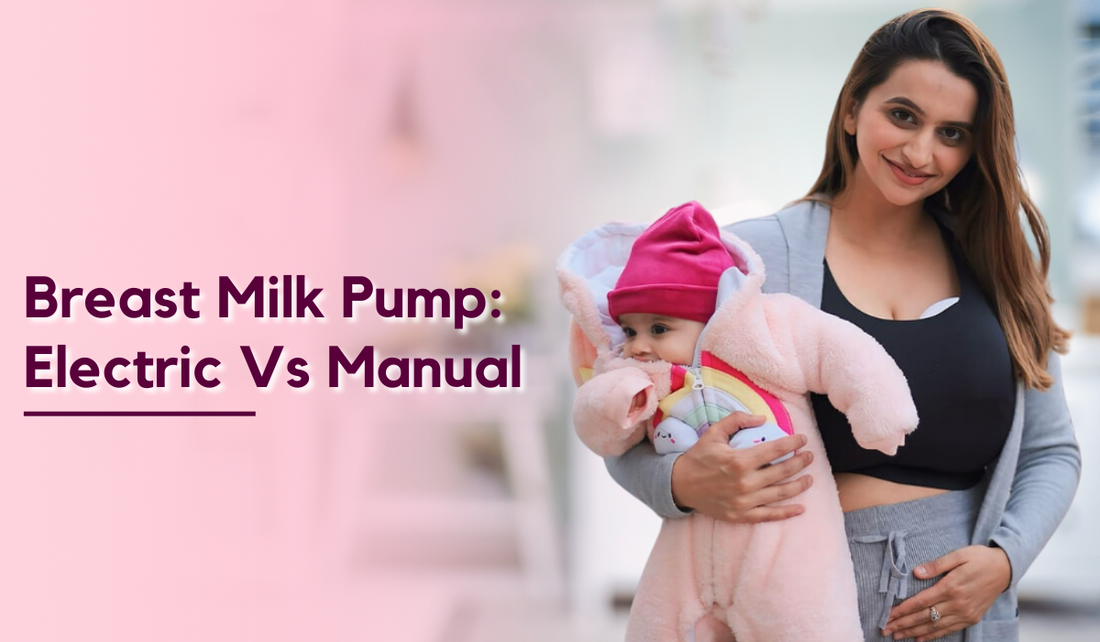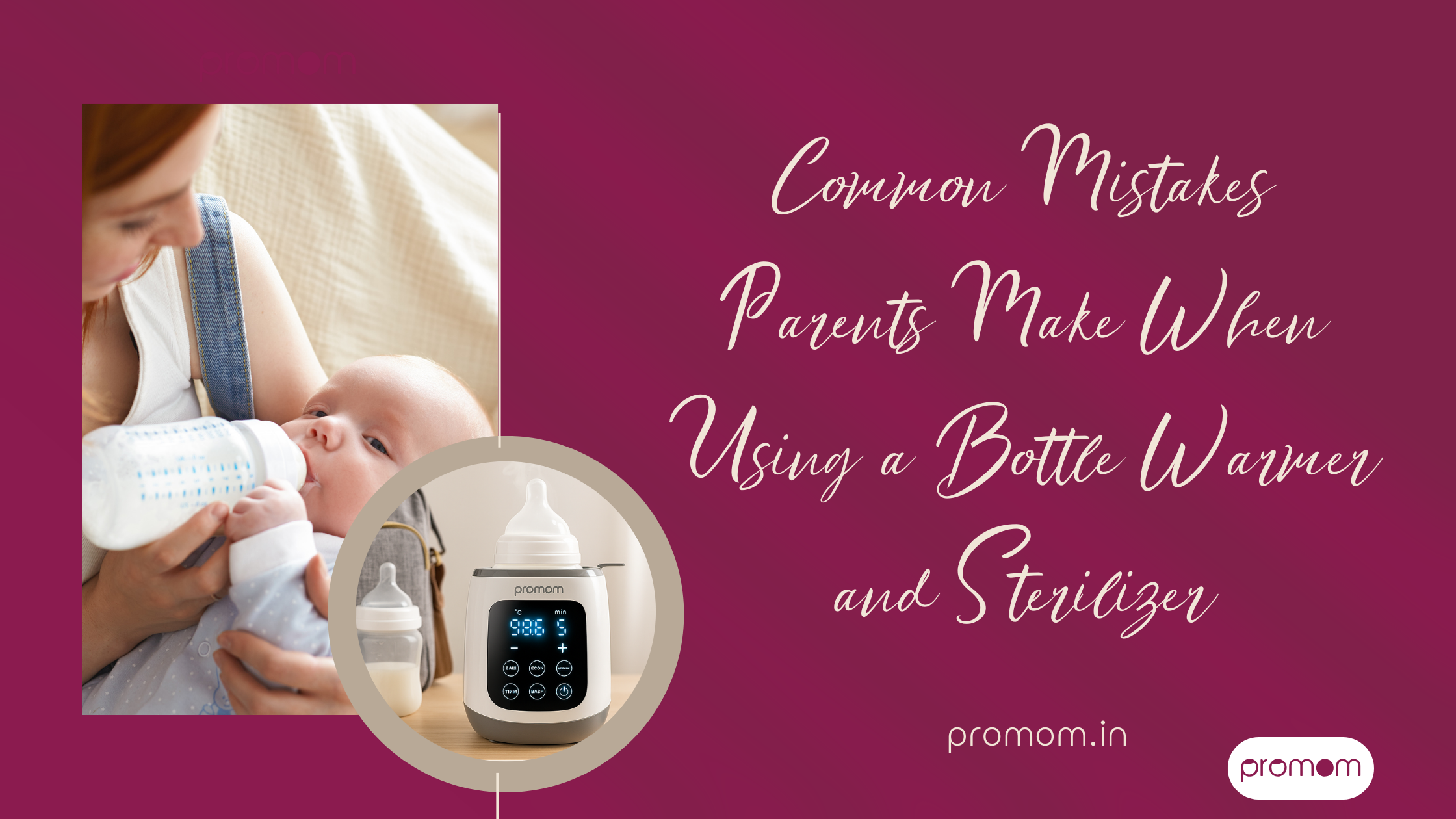
Breast Milk Pump: Electric Vs Manual
Another crucial factor that new moms require to figure out is on which sort of breast pump is suitable for expressing and storing breast milk. The main types of pumps available include electric breast pumps and manual hand pumps. Each of them has its advantages and disadvantages so people need to consider all the options before choosing the most suitable one for them. Here are the highlights of the comparison between a breast milk pump electric and a manual breast pump, their main distinctions, characteristics, and peculiarities.
Electric vs Manual Pumps: Main Differences
- Power Source: The most obvious comparison is that breast milk pump electric depends on batteries or requires electricity to be connected to be operated. These types of pumps do not have any power supply other than the muscles of the arms and hands that are used to operate the pumps and the suction.
- Speed & Efficiency: These pumps rely on an electric motor which makes them faster and efficient in comparison to manual ones. In most cases, women are able to express milk from both breasts simultaneously within a period of 15-20 minutes maximum. Manual pump lets one breast be pumped at a time and a full pumping session may take half an hour to 45 minutes or even more.
- Suction Strength: A major advantage of these devices is that the electric pumps can produce stronger and more variable suction pressures to enhance milk release and to ease discomfort. With a manual pump, the suction strength is solely determined by the amount of pressure one can apply by cycling through ‘squeeze and release’.
- Operation Effort: Heating and cooling dominantly works for you with just a touch of a button on most of the electric gadgets. Manuals depend on your physical muscle to exert constant pressure on a lever or handle to expel milk. This can lead to fatigue especially when one is first establishing supply.
- Portability: Manual pumps are compact and lighter and can’t be tethered to cords or batteries that seem to come with the electric ones. This makes them more suitable for traveling or situations where you are using the pump on the go. There are differences in size: while electric pumps are generally larger in size, some of them come with battery-operation or adapter to increase portability.
- Upfront Cost: The monetary investment is usually slightly higher in the electric kind of pumps; they rarely go for less than INR 2000. Manual pumps, on the other hand, can be obtained for relatively cheaper prices that range around INR 1000 most of the time. But an increased rate of milk yield in the long-run may help the exclusive pumpers to outweigh initial high costs of purchasing an electric pump.
How A Manual Breast Pump Could Work Better
While electric pumps excel for moms with higher pumping demands, manual pumps can also be a smart choice depending on the situation:
- Pumping for comfort away from the baby: Some moms like getting a lightweight and intermittent manual pump than pull out a more professional electric pump.
- Travel and portability needs: For road trips or any other cases where carrying a big battery-powered electric pump or even a small one seems cumbersome, having a small manual pump comes in handy.
- Backup or emergency pump: Manual pumps are very portable and should be used as backup in case of any complications that may arise with the usual electric pump.
- Budget constraints: The fact remains that there are few other options available for those on a limited budget and therefore manual pumps are preferable to having no pump at all. And they are quite helpful for occasional or short term pumping needs.
Key Features to Compare
Now that you know some general pros, cons and scenarios in which electric and manual breast pumps shine, let’s explore key features to weigh:
- Professional recommendations: Integrated electric double pumps may be used while adhering to the recommended guidelines for establishing and sustaining adequate milk production most effectively. Hospital-grade electric pumps are considered as the gold standards for NICU/preemie babies. For those who do not work in an office environment and use a computer or a laptop only occasionally, or when there are specific circumstances that require utilizing the keyboard and the mouse, manuals are quite satisfactory.
- Speed and efficiency: Electric breastfeeding machine should be used often and for the frequently used pump because pumping with this type is shorter and the volume of milk produced is also less. Switch to the manual mode if pumping less frequently.
- Adjustable suction strength: Electric pumps are more suitable to the comfort requirements and the potential to produce the utmost possible results.
- Portability and travel readiness: There are smaller, handheld breast milk pump electric varieties but none can beat manual pumps for portability in lighter usage scenarios.
- Cleaning requirements: The removable parts of the pump must be examined in order to establish whether they are dishwasher safe or have to be washed by hand.
- Flange sizing options: Supply should come in different sizes of flanges to fit on the breast appropriately to avoid nipple damage during the pumping process.
- Warranty period: Ideally 1+ years to accommodate repaired or defective parts without any additional charges.
- Budget: Can you afford/wish to pay as much at one go? Manual pumps offer an opportunity to cut costs while electric breastfeeding pump investment has high returns in the long run.
Conclusion
Manual breast pumps are more portable and lightweight, while Wearable Electric Breast Pump breast pumps have more features, which makes the decision on which one to use very individual. Before examining the types of pumps in detail, think about your predicted pumping frequency, goals for milk supply, and portability needs.
Consequently, the features and options available in the proposed automobiles should be compared to narrow down the selection based on the budget. Consult with lactation consultants and other mothers who have had success breastfeeding as well as ask them what helped them too. Manual pumps can do the trick for the most part but to use a pump on a fairly regular basis to make the trip much less burdensome, then the breast milk pump electric by Promom.in is truly worth the investment!


